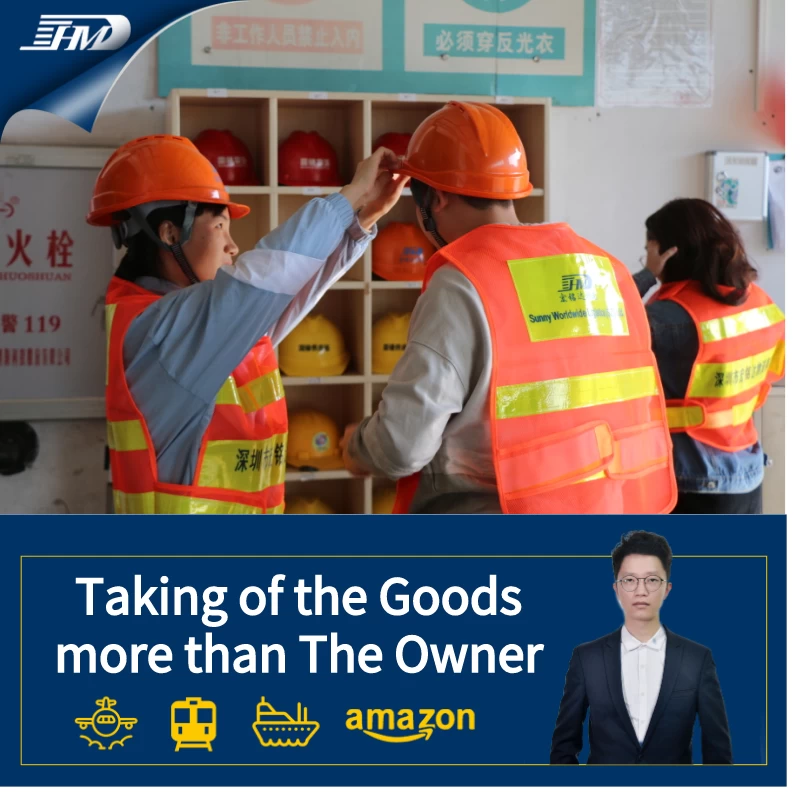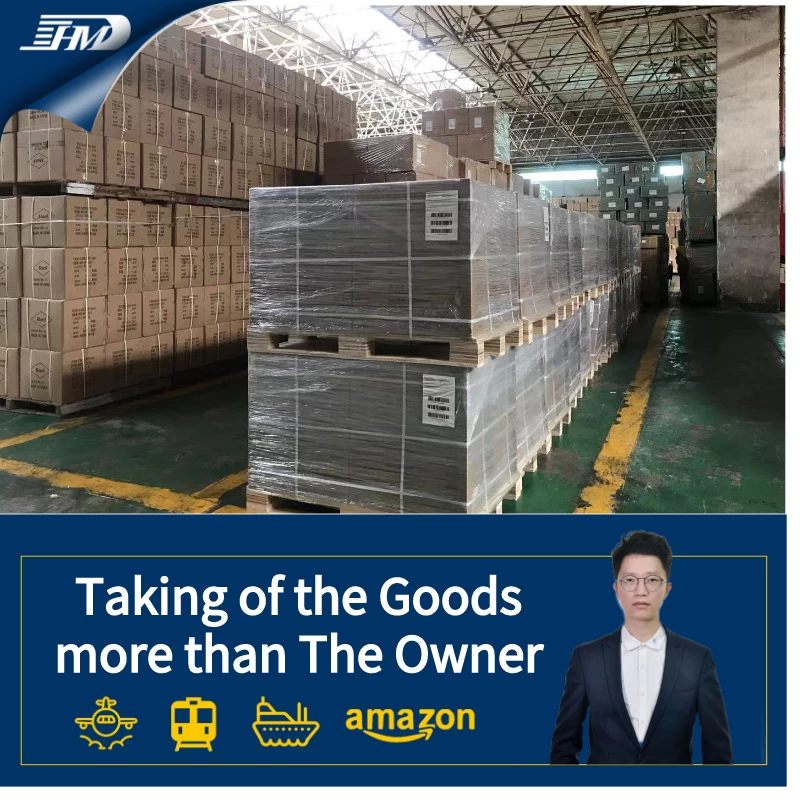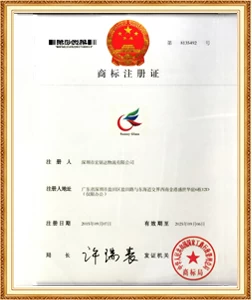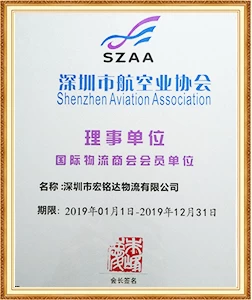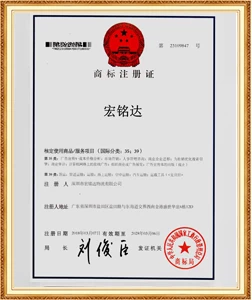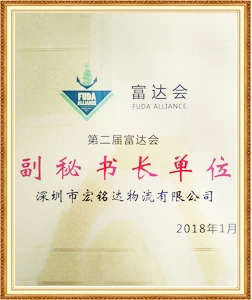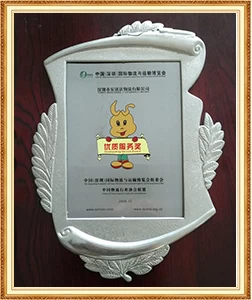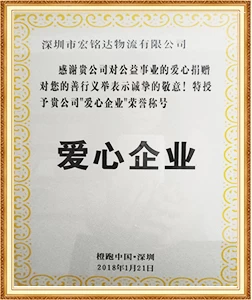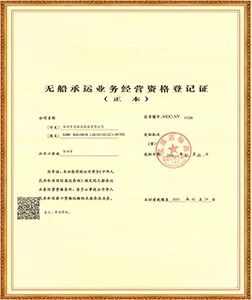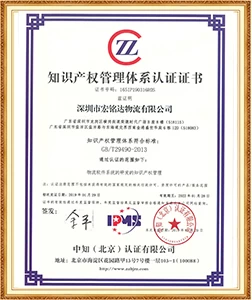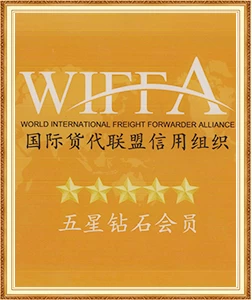How can you not understand containers when doing foreign trade? Super comprehensive knowledge summary!
Sunny Worldwide LogisticsIt is a logistics company with more than 20 years of transportation experience, specializing in markets such as Europe, the United States, Canada, Australia, and Southeast Asia. It is more of a cargo owner than a cargo owner~

1. What do you mean by large cabinet, small cabinet, and double back?
(1) Large containers generally refer to 40-foot containers, usually 40GP and 40HQ. 45-foot containers are generally considered to be special containers.
(2) Small cabinet generally refers to a 20-foot container, usually 20GP.
(3) Double back refers to two 20-foot cabinets. For example, a trailer pulls two 20-foot containers at the same time; when lifting at the port, two 20-foot containers are hoisted to the ship at one time.
2. What does LCL mean? What about the whole box?
(1) Less than Container Load refers to goods with multiple owners in a container. Small batches of goods that do not fit a full container are LCL goods, and are operated according to LCL-LCL.
(2) Full Container Load refers to the goods of only one owner or manufacturer in a container. A larger batch of goods that can fill one or more full containers is a full container load. According to FCL-FCL to operate.
3. What are the common specifications of containers?
(1) 40-foot high container (40HC): 40 feet long, 9 feet 6 inches high; approximately 12.192 meters long, 2.9 meters high, 2.35 meters wide, generally loading about 68CBM.
(2) 40-foot general container (40GP): 40 feet long, 8 feet 6 inches high; approximately 12.192 meters long, 2.6 meters high, 2.35 meters wide, generally loading about 58CBM.
(3) 20-foot general container (20GP): 20 feet long, 8 feet 6 inches high; approximately 6.096 meters long, 2.6 meters high, 2.35 meters wide, generally loading about 28CBM.
(4) 45-foot high container (45HC): 45 feet long, 9 feet 6 inches high; approximately 13.716 meters long, 2.9 meters high, 2.35 meters wide, generally loading about 75CBM.
4. What is the difference between high cabinets and ordinary cabinets?
The tall cabinet is 1 foot higher than the regular cabinet (one foot is equal to 30.44cm). Whether it is a tall cabinet or a regular cabinet, the length and width are the same.
5. What is the self-weight of the box? What about heavy boxes?
(1) Box self-weight: the weight of the box itself. The self-weight of 20GP is about 1.7 tons, and the self-weight of 40GP is about 3.4 tons.
(2) Heavy boxes: refers to boxes filled with goods, as opposed to empty boxes/good boxes.
6. What does empty box or lucky box mean?
Unloaded boxes are called empty boxes. In South China, especially Guangdong and Hong Kong, empty boxes are usually also called auspicious boxes, because in Cantonese, empty and ominous have the same pronunciation, which is unlucky, so in South China, they are not called empty boxes, but auspicious boxes. The so-called pick-up and return of heavy goods means picking up empty boxes, taking them to be loaded with goods, and then returning the loaded heavy boxes.
7. What is a carrying bag? What about the drop box?
(1) Carrying heavy boxes: refers to carrying heavy boxes at the site to the manufacturer or logistics warehouse for unloading (generally refers to import).
(2) Dropping heavy boxes: refers to dropping heavy boxes back to the station (generally refers to export) after loading the goods at the manufacturer or logistics warehouse.
8. What does carrying an empty box mean? What is the empty box?
(1) Carrying empty containers: refers to carrying empty containers at the site to the manufacturer or logistics warehouse for loading (usually for export).
(2) Dropped boxes: refers to the unloading of goods at the manufacturer or logistics warehouse and the dropping of the boxes at the station (usually import).
9. What box type does DC represent?
DC refers to Dry Container, and cabinets such as 20GP, 40GP, and 40HQ are all dry containers.
10. What box type does OT represent?
OT is the abbreviation of Open Top, which refers to an open-top cabinet, that is, a cabinet with no roof and only a tent on the top of the box.
11. What does half door mean?
Container with half side door.
12. What is the bill of lading number?
Usually the freight forwarder gives you the number to back the container, which may be the order number of the ship owner's bill (MBL) or the order number of the freight forwarder's bill (HBL). Generally, the container can be backed up according to the ship name/voyage and the bill of lading number, that is, when it is picked up Empty or heavy boxes.
13. What is the box number/container number?
Refers to the number of the container. This number is unique in the world and consists of four letters and seven numbers. The first three letters are the code of the container owner (shipping company or container leasing company), the fourth letter is all U, and the following six letters The number is the serial number, and the last number is the check code. You usually ask the driver for the box number, because the driver only knows the box number when he picks up the box. The box number is used when declaring customs, making documents, and entering warehouse receipts.
14. What is the seal number?
It refers to the number of the seal that locks the container door. The seal is generally provided by the shipping company and needs to be purchased with money, usually 50 yuan each.
15. What does export goods mean?
Carry the empty boxes at the site to the manufacturer or logistics warehouse for loading, and then declare for export.
16. What does imported goods mean?
After import customs clearance, the heavy boxes are carried at the on-site station to the manufacturer or designated place for unloading.
17. What does empty driving mean?
It means that after the car arrives at the manufacturer or logistics warehouse, it cannot be loaded due to various reasons and the empty box is pulled back to the station.
18. What does dumping mean?
It refers to pulling boxes from one station to another, or not picking up boxes in order from top to bottom, but moving the boxes above and picking up the boxes underneath. This situation is more likely to occur when specifying a box number or customs inspection.
19. What is a container station?
Usually refers to the place where boxes are stacked and managed on or near the dock. The driver usually carries the boxes to the terminal. Correspondingly, there is something called a station receipt. The handover of containers between the station and the driver is handled with the station receipt.
20. What is usually included in the bill of lading?
The contents of the bill of lading generally include the bill of lading number, ship name, voyage number, box weight, cargo description, number of pieces, gross weight, volume, number of boxes, issuer and signature, etc.
21. What should you pay attention to when shipping?
Explain to the car owner whether to export or import, box type, box volume, cargo weight, location, station and whether to negotiate, time to reach the manufacturer, special requirements for the box, etc.
22. What issues should be paid attention to when writing a dispatch order?
It should be written as clearly and standardized as possible, because some drivers do not know English letters at all. The ship name, voyage number, bill of lading number, terminal, arrival time, manufacturer's address, contact number, special requirements for the box and the manufacturer's special requirements must be written clearly. If you have an invoice, you should also write it down clearly to avoid letting the driver issue the wrong one.
In addition, you should also write down the issues that should be paid attention to. For example, some goods have particularly strict cabinet requirements. You must explain it clearly to the driver to avoid incurring expenses and being unable to explain it clearly to the driver.
23. What does equipment handover order mean?
When picking up a box for export, you must first place an order, and then get a multipart "Equipment Handover Form". The driver can use this Equipment Handover Form to pick up the box, leave the station, enter the station, and return the box.
24. Until what time will the boxes be released at the export container yard?
It's usually 10 o'clock, but usually there's no one at the place where orders are placed at 9 o'clock, so the import workers have to rush back around 8 o'clock because the driver has to unpack the boxes first.
25. What does overloading mean? What about being overweight?
(1) Overloading: Generally means that the tonnage of goods loaded on the vehicle exceeds the weight limit of the vehicle;
(2) Overweight: Generally means that the tonnage of the goods loaded exceeds the weight limit of the container.
26. What does packing and unpacking mean?
(1) Loading means carrying empty boxes to load goods.
(2) Unpacking means carrying a heavy box to the manufacturer to unload the goods.
27. What does it mean to go and come back again?
It means pulling the goods there and then pulling the goods back, without returning empty or driving empty.
28. What does weight charge mean?
The "weight-based toll" at the expressway toll gate refers to collecting tolls based on the cargo weight and tonnage of the vehicle.
29. What is the container damage fee?
Refers to the expenses incurred if the imported boxes are found to be damaged after unloading.
30. What is the washing fee?
Refers to the box cleaning fee incurred if the box is found to be unclean.






